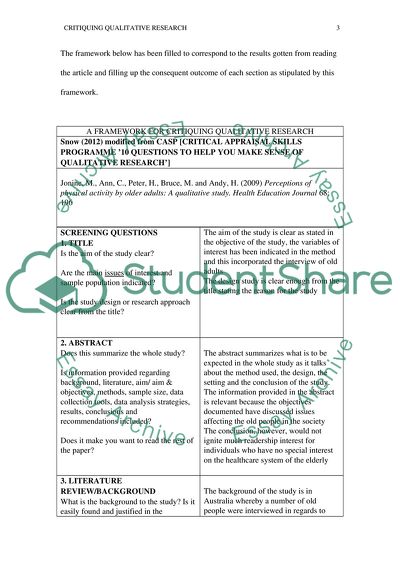Cite this document
(Physical Activity by Older Adults Research Paper, n.d.)
Physical Activity by Older Adults Research Paper. https://studentshare.org/health-sciences-medicine/1819122-critiquing-qualitativa-research-paper
Physical Activity by Older Adults Research Paper. https://studentshare.org/health-sciences-medicine/1819122-critiquing-qualitativa-research-paper
(Physical Activity by Older Adults Research Paper)
Physical Activity by Older Adults Research Paper. https://studentshare.org/health-sciences-medicine/1819122-critiquing-qualitativa-research-paper.
Physical Activity by Older Adults Research Paper. https://studentshare.org/health-sciences-medicine/1819122-critiquing-qualitativa-research-paper.
“Physical Activity by Older Adults Research Paper”. https://studentshare.org/health-sciences-medicine/1819122-critiquing-qualitativa-research-paper.


